Category: Additional Tests
-
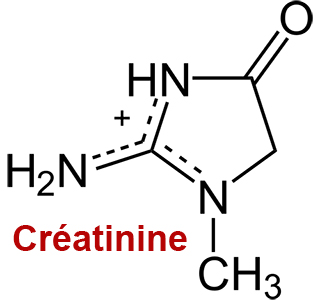
Creatinine
Indications: This assay allows to diagnose a dysfunction of the kidney filtration. The test is more reliable than that of urea. Principle: Creatinine is a product of degradation of creatinine, largely eliminated by the kidneys. Its serum concentration thus depends on the renal elimination capacity. Technique: Levy of 1 mL of blood on dry or…
-
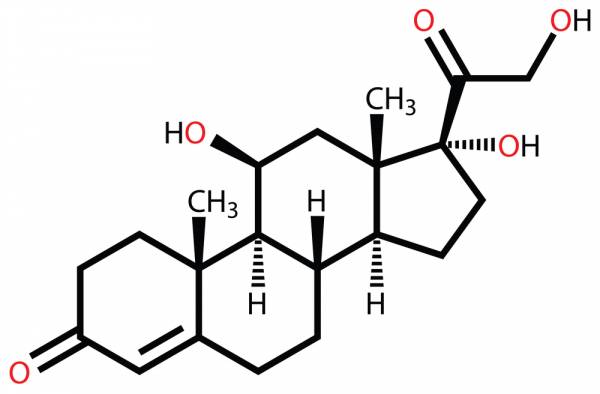
Plasma Cortisol
Indications: Cortisol is the main hormone secreted by the adrenal glucorticoïde. The serum cortisol can detect an abnormality of the adrenal Cushing syndrome or adrenal insufficiency. Principle: It is to meter the final compound of the biosynthesis of glucocorticoids: cortisol. Technique: Blood Sample on heparin tube, fasting and rest, at 8 am (maximum rate of…
-
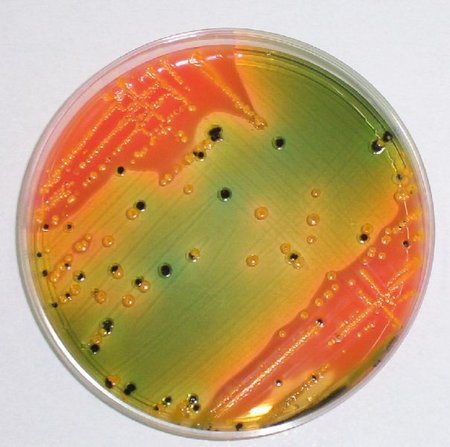
Coproculture
Indications: It is a stool test for detecting the pathogen responsible for infectious diarrhea. It is also carried out in the following cases: – Febrile diarrhea; – Bloody diarrhea; – Kitchen staff control; – Tropical country return; – Diarrhea with impaired general condition. Principle: The role of the laboratory is to highlight the predominant pathogen,…
-
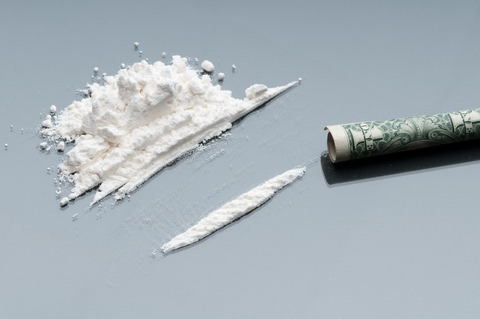
Cocaine
Indications: Research in the urine signs of cocaine intoxication. Principle: Can be detected in urine, 4 to 6 days after the last dose, the excretion of cocaine derivative, namely benzoyl ecgonine. Technique: Collecting at least 10 ml of urine in a container identical those used for urinalysis. Conservation days cool and protected from light. Results:…
-
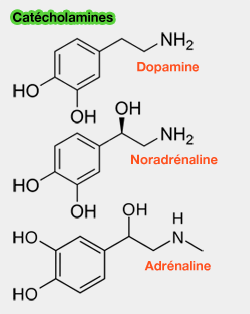
Urinary Catecholamines
Indications: The test is useful in diagnosing tumors of the adrenal pheochromocytoma kind. Principle: The Secret medulla adrenaline and noradrenaline. Both catecholamines are measurable in the urine. Technique: Urine collection for 24 hours hydrochloric acid, stored at 4 ° C, protected from light. For example, for a collection of 8 pm to 8 am the…
-

Calcemia
Indications: The measurement of plasma calcium is useful whenever the suspected disorder of calcium metabolism, whether from bone – primary storage location – or bowel, kidney or regulating hormones. Principle: In plasma, calcium exists in several forms: – Calcium not ultra-filterable bound to plasma protein: 45%; – Ultra-filterable calcium, divided into: – Ionized calcium,…
-
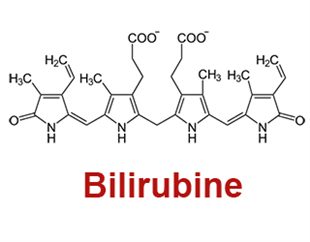
Bilirubin
Indications: The blood test of bilirubin can detect liver disease and hemolysis. Principle: Bilirubin is a pigment from the breakdown of hemoglobin, unconjugated or indirect. It undergoes hepatic conjugation to be secreted and then eliminated in the bile and stool. So that, in the normal state, the serum is minimal or zero. Technique: Sampling 3…
-
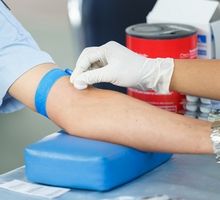
Antistreptolysin 0 (ASO)
Indications: Streptococcal infection is detected by the presence of ASO (antistreptolysin O), group A, C or G Lancefield. On the research in the following diseases: rheumatic fever, scarlet fever, glomerulonephritis or endocarditis. Faced with persistent or recurrent angina, consideration is large diagnostic and preventive interest. Principle: Streptococcal of Beta-hemolytic group A produce two hemolysis, responsible…
-
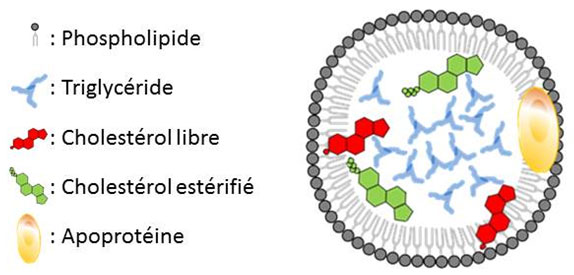
Apolipoproteins AI, AII, B
Indications: Doser apolipoprotein (Apo) AI and AII way of measuring high density lipoprotein considered to be anti-atherogenic.Instead of apolipoprotein B which is her atherogenic. Principle: Lipids circulate in the blood bound to apolipoproteins. Apolipoproteins are associations of lipids and proteins: the vast majority of apolipoproteins AI and AII are in the HDL (high density lipoproteins…
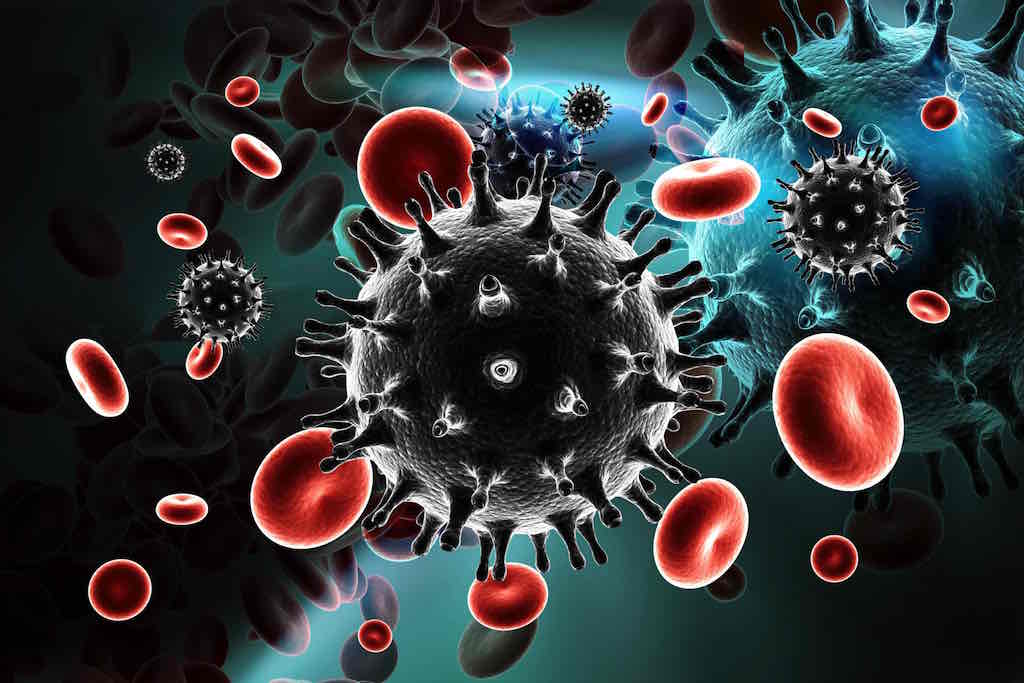
You must be logged in to post a comment.